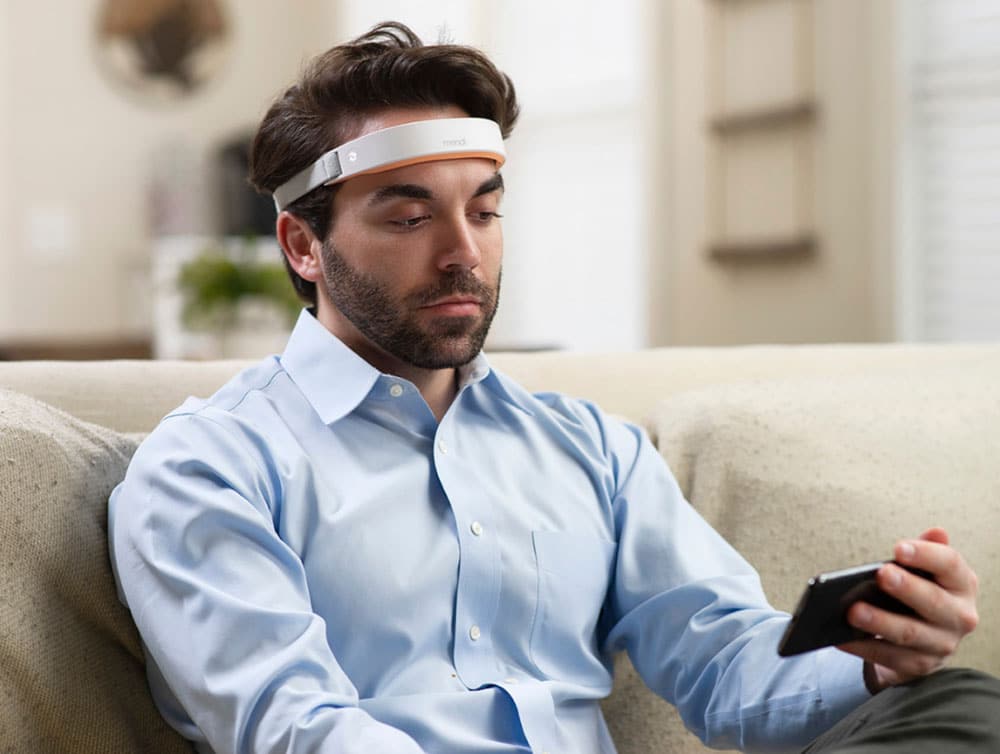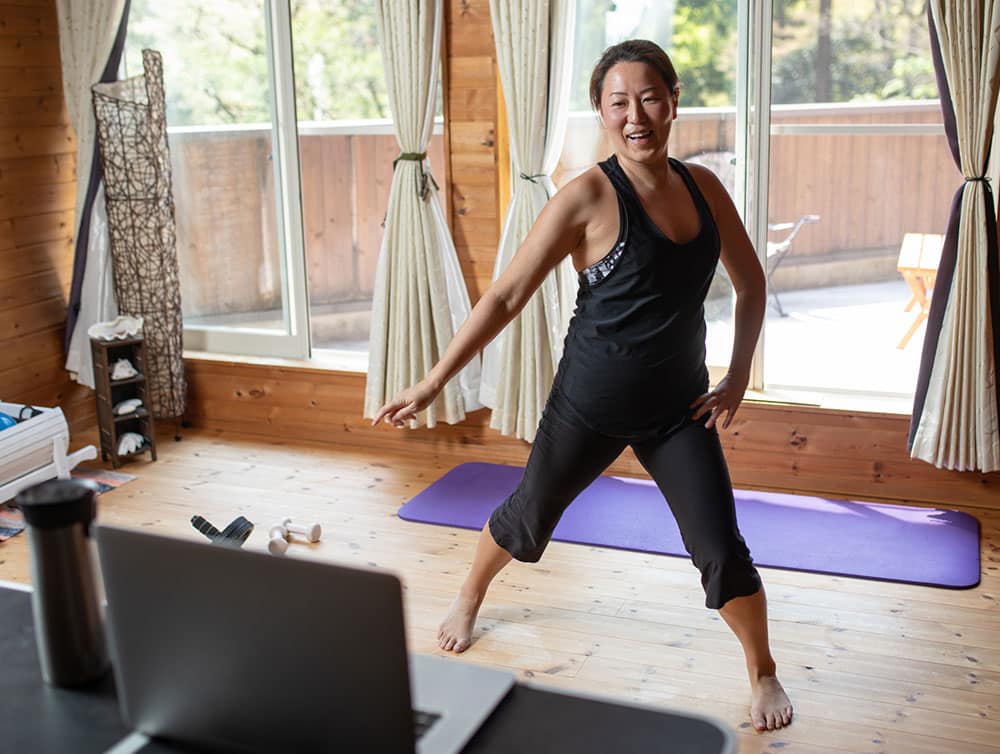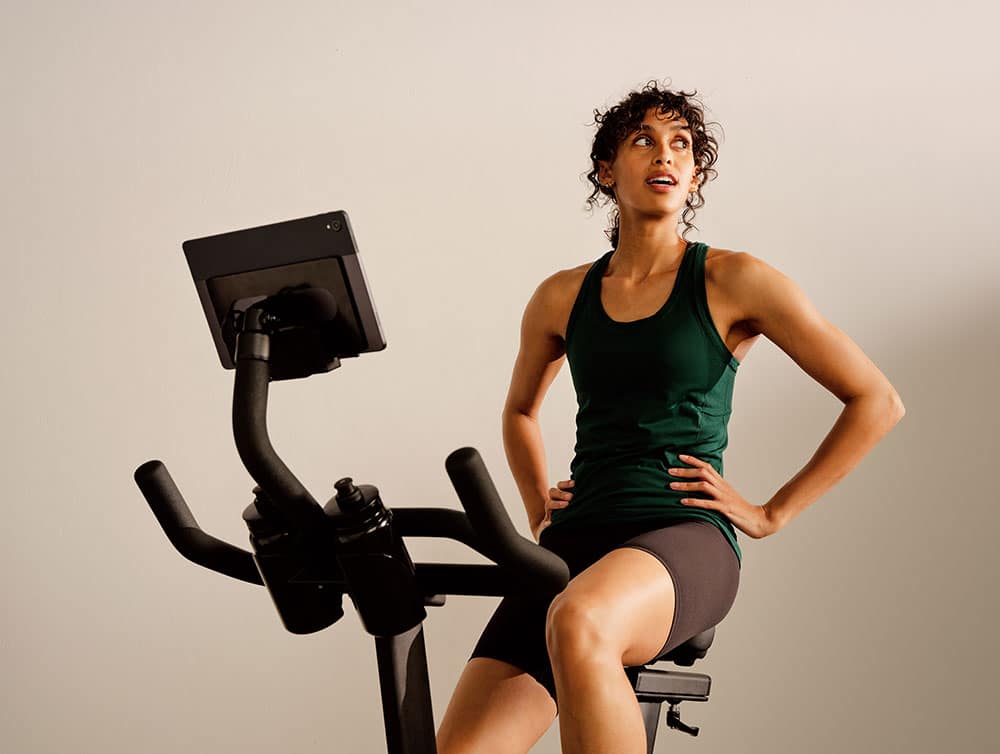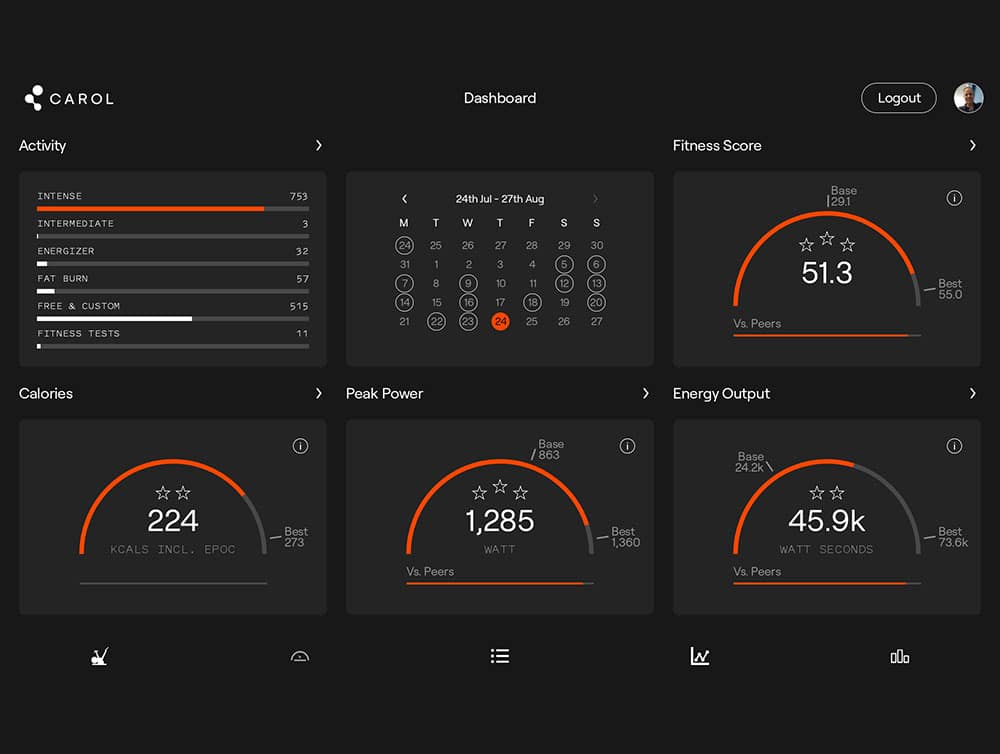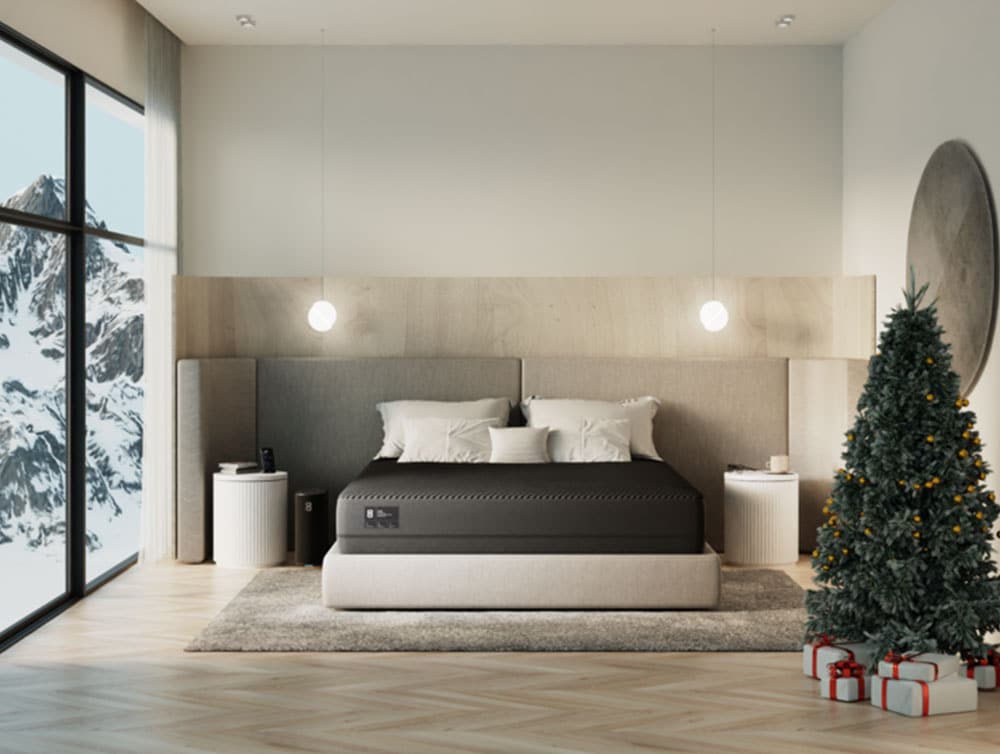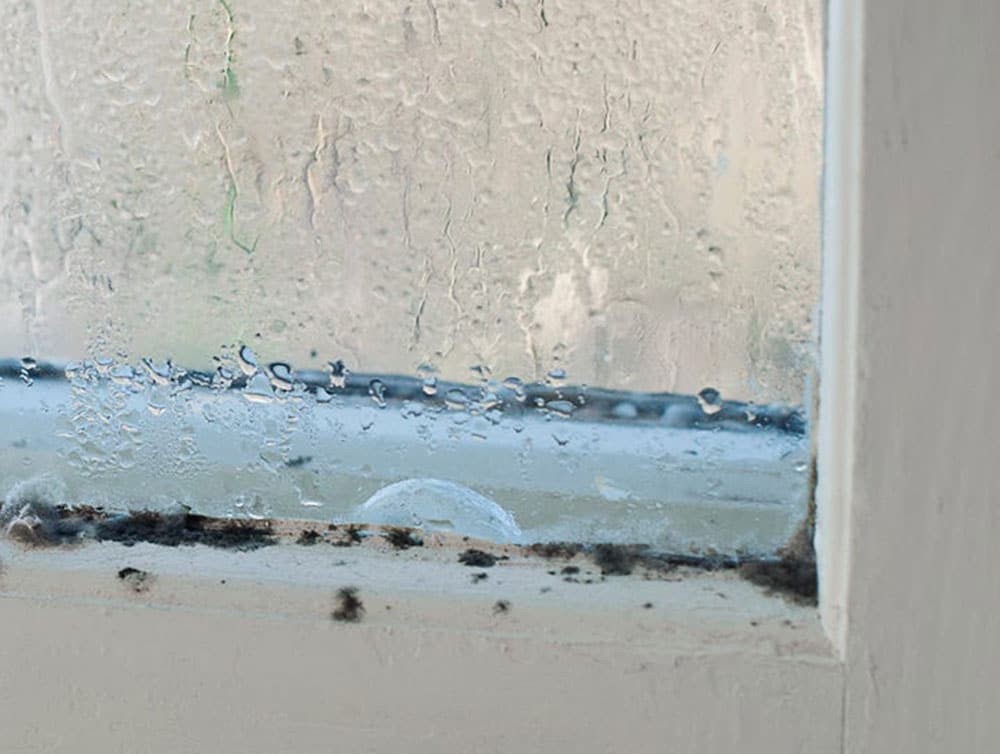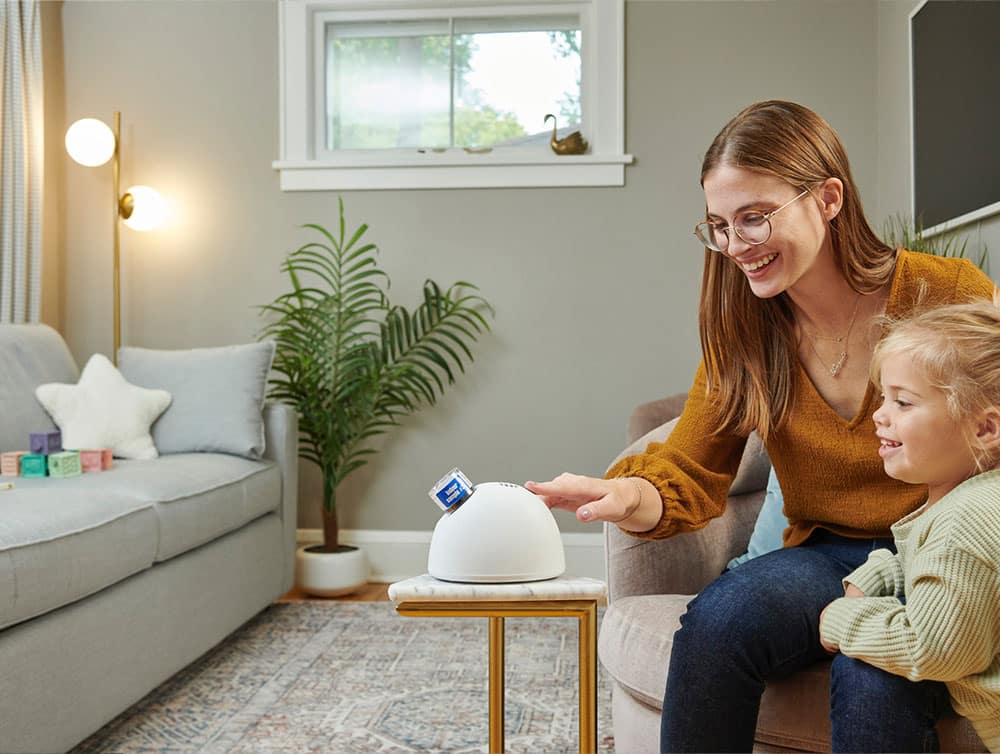One of the most groundbreaking tools in the biohacker’s toolkit is the use of light or photobiomodulation—specifically, laser therapy.
The link between light and human health is well-documented in over 5,000 medical research articles. This gives practitioners and innovators, like my friend Dr. Brandon Crawford of 528 Innovations, science-backed insight to achieve incredible outcomes with laser and light therapy.
Dr. Brandon Crawford and 528 Innovations create groundbreaking laser therapy solutions that utilize technology, science and wellness best practices to give biohackers like you safe and effective solutions to incorporate light in your life.
Let’s explore five enhanced biohacks and how you can significantly enhance outcomes using innovative laser technology.
Cold Plunges | Boost Neuroplasticity with Light
After you jump into the icy depths, as your body rebounds from the cold, the use of red and infrared light therapy can support neuroplasticity at the cellular level – improving circulation, reducing inflammation, and enhancing recovery.
Breathing Exercises |Sync Breathwork and Brainwaves
Breathing exercises are a cornerstone of biohacking. Whether you’re seeking the calm of meditation or the alertness to start your day, syncing your breath with your brainwaves is powerful. Using a specialized laser set to complement the brainwave state you’re aiming for—like theta for relaxation or beta for alertness—gives your exercises an extra edge. It’s a profound way to deepen the mental state of your practice and anchor the benefits. In a pilot study, performed in a clinical setting, I demonstrated how lasers can alter brain waves by pulsing specific frequencies and dosages of light over the head. (2)
Circadian Lifestyle | Combat Blue Light Toxicity
In an age dominated by screen time and artificial lighting, your exposure to harmful blue light is unprecedented. To counter blue light toxicity, it’s imperative to immerse yourself in balancing red and infrared light because these wavelengths can reverse the damage done by blue light put off by screens and fluorescent lights. 528 Innovations laser therapy offers a respite, and a reversal of sorts, from the unseen strains of daily life in the digital world. (4)
The team at 528 Innovations have meticulously engineered a new laser with precision and safety for home use. This new line of lasers will officially be released for presale at the 10th Annual Biohacking Conference in 2024. You can enjoy these hacks safely and effectively for maximal benefit. By integrating laser and light therapy into these popular biohacks, you are leading the charge in maximizing human potential. Embrace the synergy of biology and technology, and let light lead the way to an optimized you.
As you journey through these enhanced biohacking practices, remember that each body is unique. While these techniques and tips have been profoundly beneficial for many, always listen to your body’s responses and consult with a healthcare professional before embarking on any new health regimen. Here’s to harnessing the power of light and stepping into a brighter, healthier future.
References:
**Some claims above have been sourced from the clinical experience of Dr. Brandon Crawford and his colleagues over the course of his career working with various laser and light therapy devices in clinical practice.
Reference supporting targeted laser therapy in conjunction with organ-specific supplements:
https://www.ncbi.nlm.nih.gov/pmc/articles/PMC10455109/
Berisha-Muharremi V, Tahirbegolli B, Phypers R, Hanna R. Efficacy of Combined Photobiomodulation Therapy with Supplements versus Supplements alone in Restoring Thyroid Gland Homeostasis in Hashimoto Thyroiditis: A Clinical Feasibility Parallel Trial with 6-Months Follow-Up. J Pers Med. 2023 Aug 19;13(8):1274. doi: 10.3390/jpm13081274. PMID: 37623524; PMCID: PMC10455109.
Reference supporting how photobiomodulation improves various neurophysiological parameters, overall health and brain function: Hala El Khoury (2023). The Effects of Photobiomodulation on Activity of the Human Brain. https://ses.library.usyd.edu.au/handle/2123/31863
Reference supporting how photobiomodulation can alter brainwave activity in the human brain: Yi-Chia Shan, Wei Fang, Yang-Chyuan Chang, Wen-Dien Chang, Jih-Huah Wu, “Effect of Near-Infrared Pulsed Light on the Human Brain Using Electroencephalography”, Evidence-Based Complementary and Alternative Medicine, vol. 2021, Article ID 6693916, 11 pages, 2021. https://doi.org/10.1155/2021/6693916
Reference discussing blue light toxicity: Alaimo, A., Liñares, G.G., Bujjamer, J.M. et al. Toxicity of blue led light and A2E is associated to mitochondrial dynamics impairment in ARPE-19 cells: implications for age-related macular degeneration. Arch Toxicol 93, 1401–1415 (2019). https://doi.org/10.1007/s00204-019-02409-6
